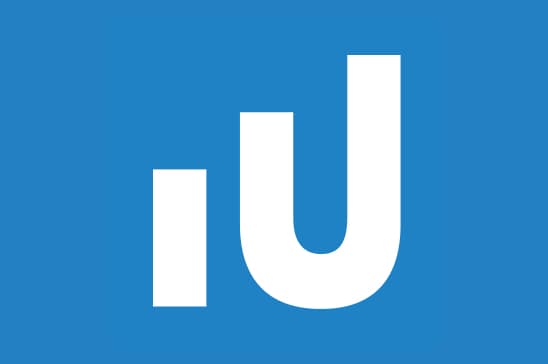How to Develop a Financial Independence Plan
You can’t build wealth and make the most of your money without a financial independence plan. Yet many Americans skip this step and aimlessly struggle to save money. Let’s take a step back and dive into the most successful strategies to accumulate income and assets.
Financial independence and financial freedom go hand in hand. In fact, you can’t have one without the other. You can achieve them by saving as much as you can, creating a budget, eliminating your debt and investing wisely.

What Is a Financial Independence Plan?
Do you ever feel like you are spending more money than you are making each month? If so, there’s a pretty high likelihood you are doing just that. This is why it can pay to be more meticulous and frugal with your finances.
So what is a financial independence plan? It’s a personal guide to building wealth so that you don’t have to rely on others for your financial needs. It’s a strategy that can lead to self-sufficiency in your life.
This plan gives you a direct path to financial freedom, no matter how much income you bring in. No two plans are ever the same. Your strategy should fit your specific circumstances and goals in life. For example, your approach should cover…
- Active income and net worth
- Savings and budgeting efforts
- Good and bad debt
- Retirement and investments.
You wouldn’t believe how valuable it is to know your current financial situation. It’s half the battle, and many people couldn’t answer at this very moment.
This is the foundation to any financial independence plan. You have to know where you are before you can decide where you are going.
Evaluate Your Active Income and Net Worth
The first step to financial independence is the evaluation phase. Here, you can determine what your short- and long-term goals look like.
Start by taking a look at your active income. This is the money you bring in from your day job. Are you content with this number? If not, what will it take to put yourself in a better position?
In most cases, you may need further training or experience. This can take more time and money. If you are passionate about your current profession, then this is the best route for you. However, you may want to think hard about a career change if you are unhappy.
Next, you need to have a better understanding of your net worth. If you own a home, start with its value. Add that number to the balances of any bank accounts, investment accounts and further assets you have.
Take the resulting number, and subtract all your debt. This should include credit cards, mortgages and loans in your name. The result is your official net worth.
Don’t be discouraged if your net worth is currently a negative number. This is very common for individuals who aren’t homeowners. You can utilize your financial independence plan to improve your net worth.
Automate Your Savings and Begin Budgeting
Now that you know your active income and net worth, you can develop a savings plan and budget. In general, a great starting point is to place 20% of your monthly income into savings.
Half of your income should go directly into your bills each month. The remaining 30% will cover your other living expenses. Yet this is where many Americans struggle the most and spend more than they make.
It’s important to create a budget that is within your financial means. And it’s called a budget so that you don’t “budge” from it. Stick to your plan, and watch your money grow over time.
Become Debt-Free as Quickly as You Can
Your financial independence plan will help you refrain from taking on debt. In addition, it will show you areas where you can break down your debt fast.
There’s good and bad debt to consider. And it’s important to focus on the bad debt first. Bad debt includes credit cards and high-interest loans.
Make your payments each month, and pay more when your budget allows it. Once you take care of bad debts, you can focus on good debts, such as paying down your mortgage and student loans.
Retirement Planning and Investing
Saving money is a start, but you also have to prepare for your post-career life. Don’t forget about the benefits of a 401(k). Most companies today will offer this benefit, along with a contribution match.
A safe 401(k) contribution is a minimum of 4%. You may want to contribute more If your employer matches a higher percentage. The quicker you start a retirement account, the better. It’s a smart investment for your future.
You can also begin investing in the stock market now. In fact, it’s the quickest way to build wealth due to compound interest. With our free investment calculator, you can see just how far your money can go in the stock market.
The stock market is a shortcut to wealth, and our team of experts can help you as you dive in. Its huge returns are pivotal for many people on a financial independence plan.
Read Next: How to Generate Passive Income: 19 Things Anyone Can Do
About Corey Mann
Corey Mann is the Content Manager of Investment U. He has more than 10 years of experience as a journalist and content creator. Since 2012, Corey’s work has been featured in major publications such as The Virginian-Pilot, The Washington Post, CNN, MSNBC and more. When Corey isn’t focusing on Investment U, he enjoys traveling with his wife, going to Yankees games and spending time with his family.





